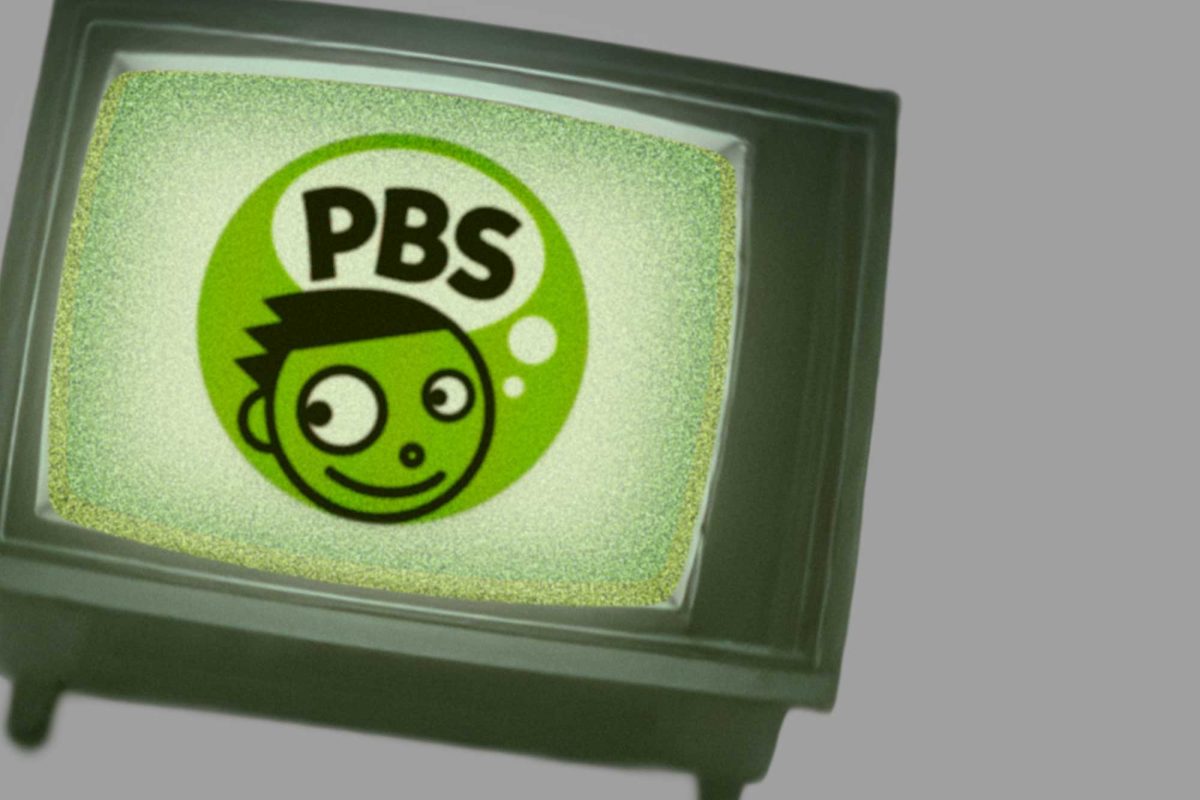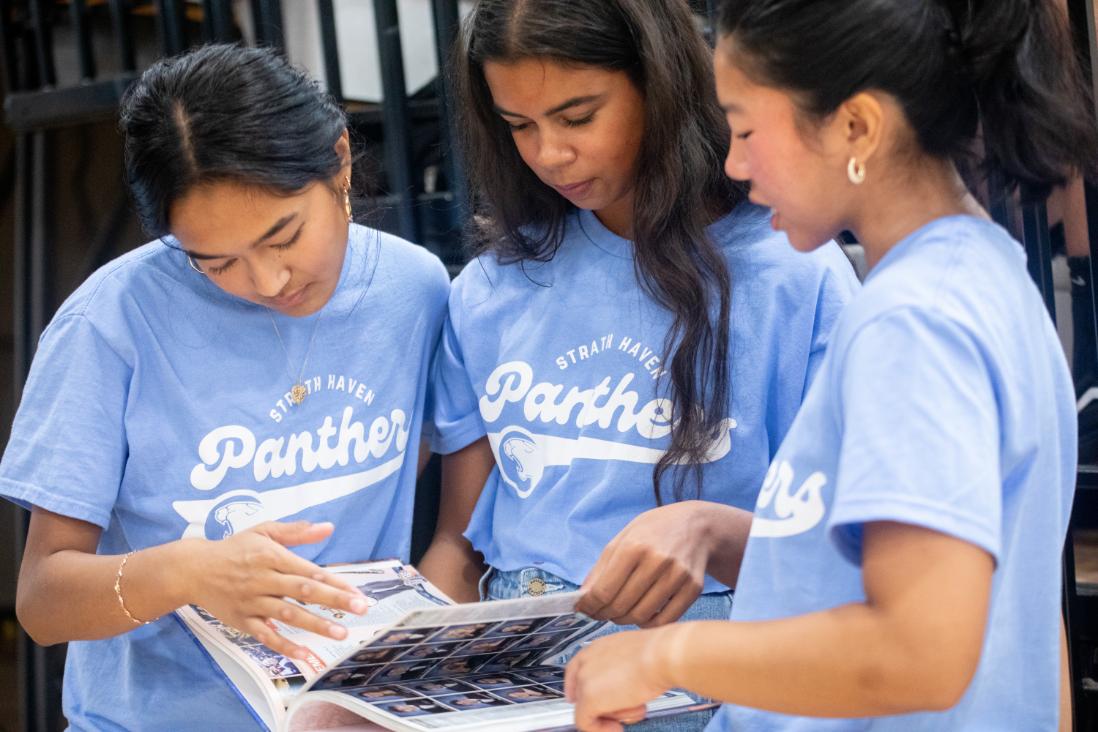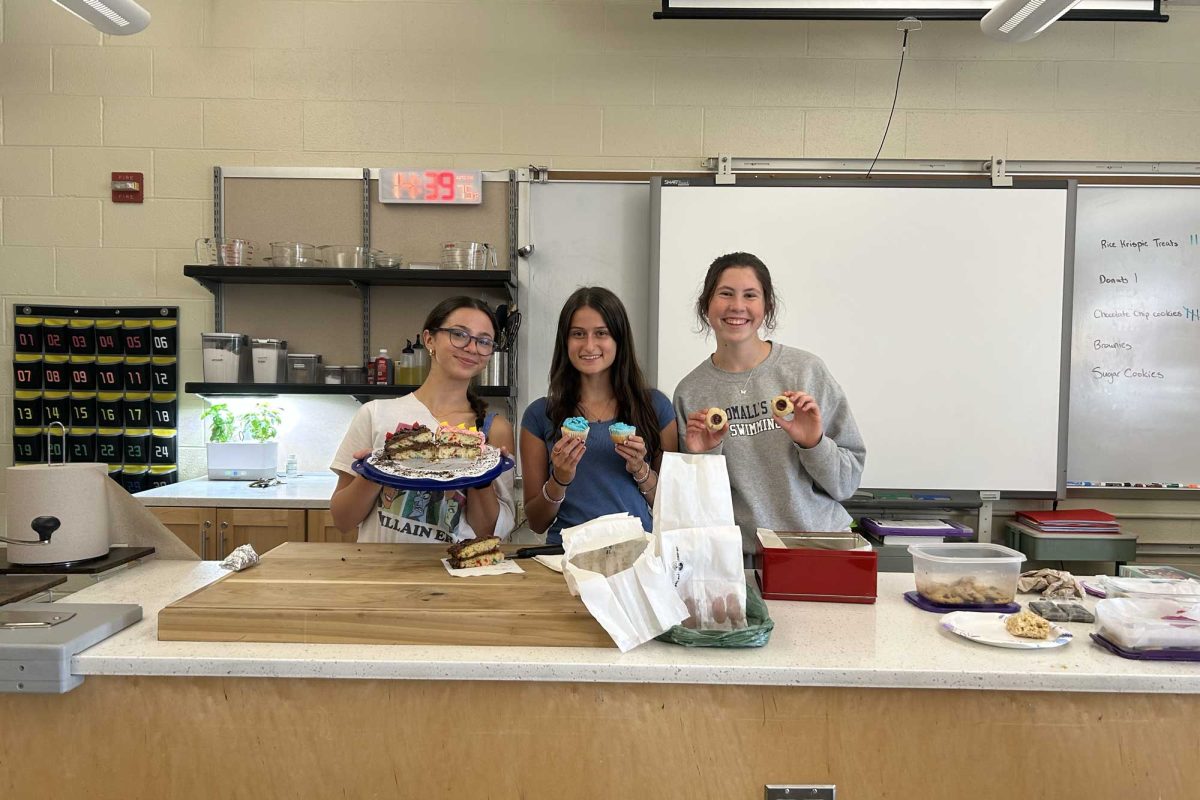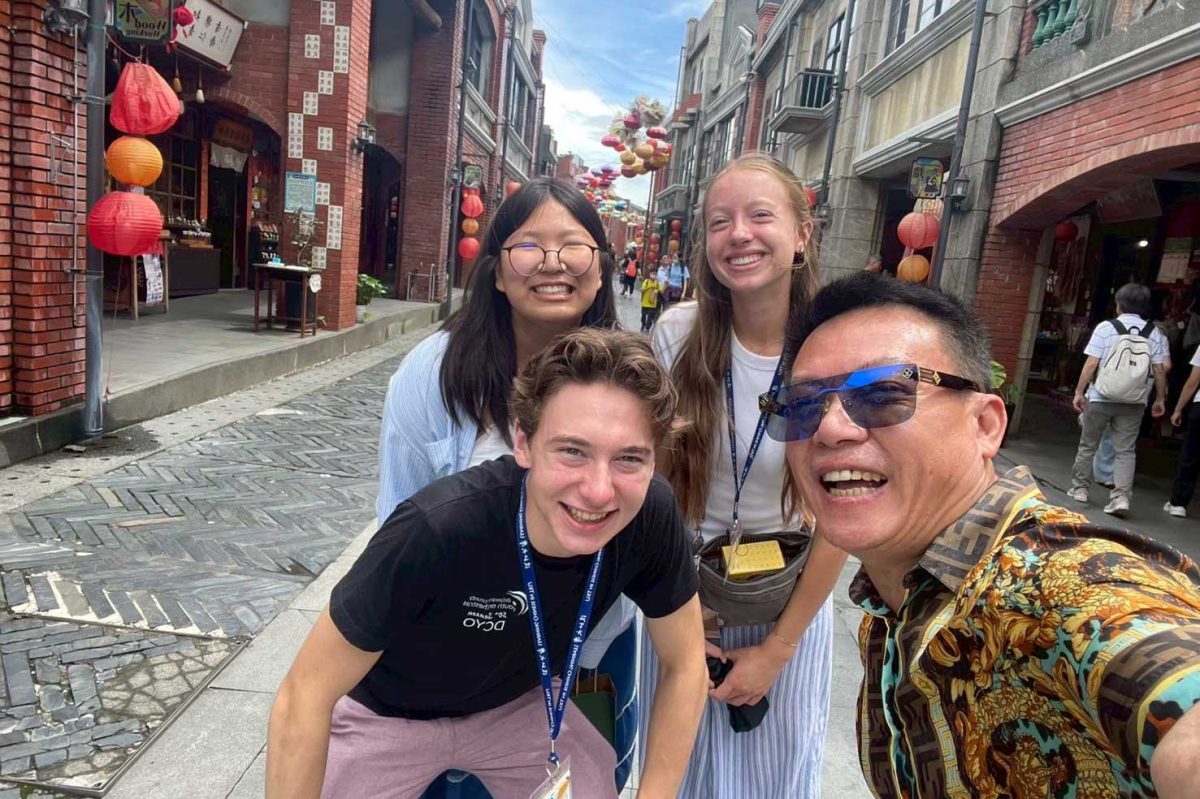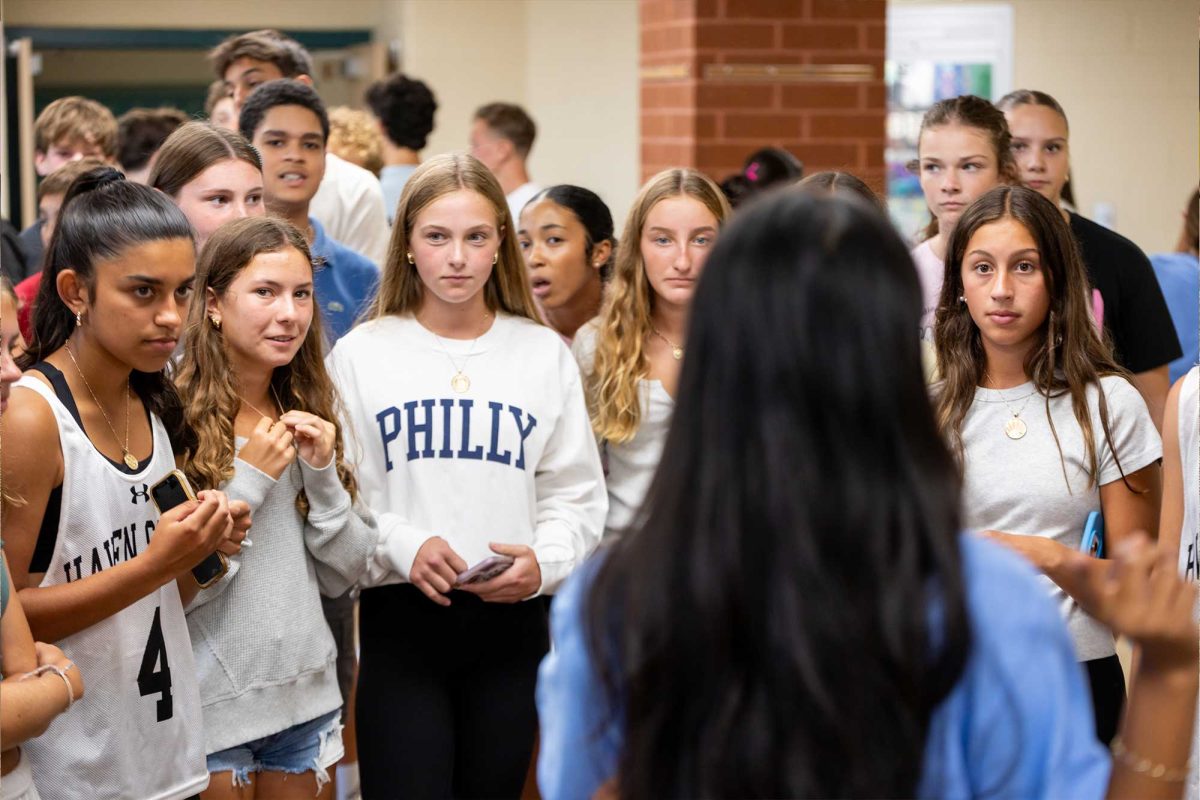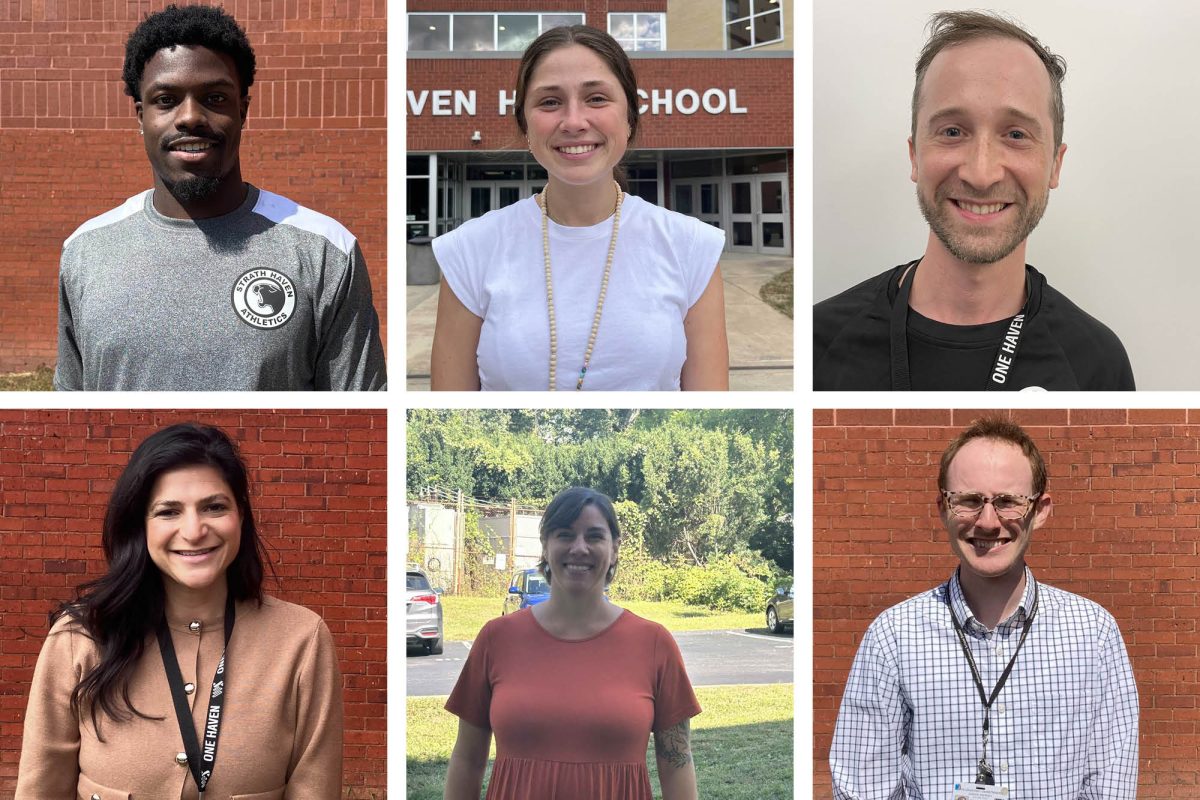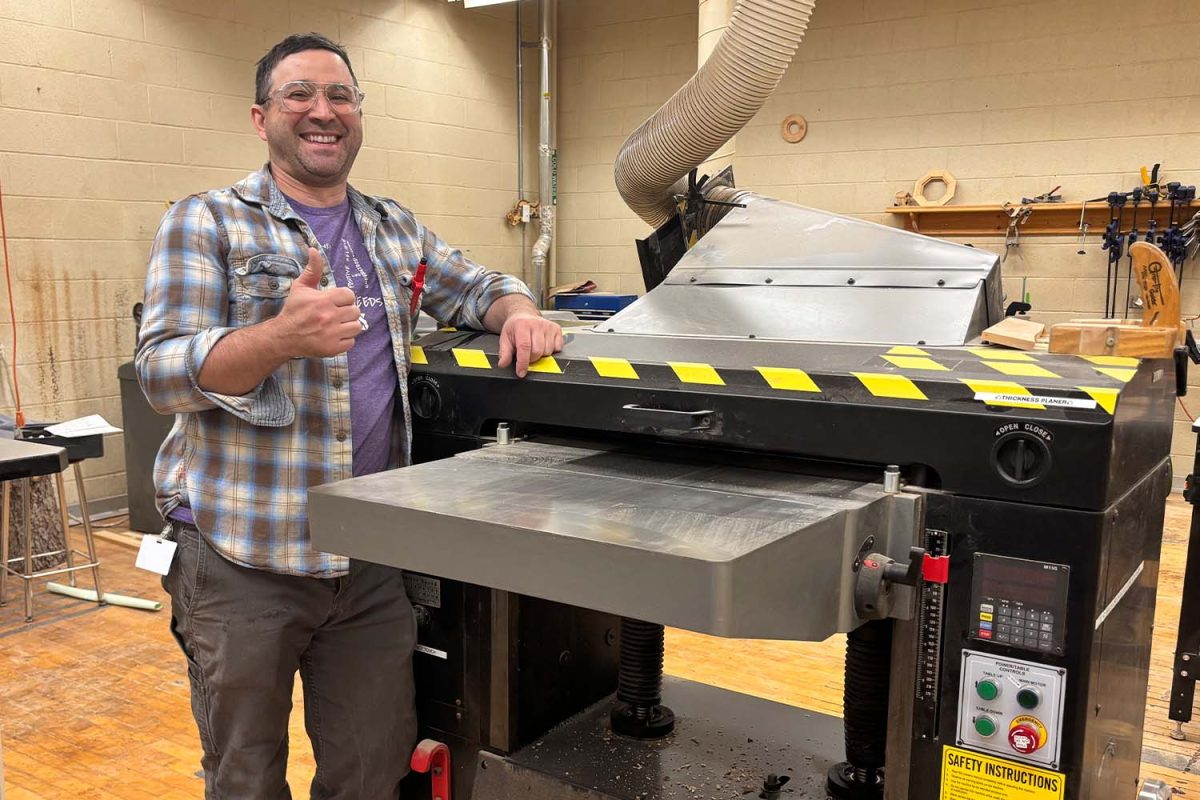On Nov. 30, 2022, OpenAI released a chatbot dubbed ChatGPT, presenting unprecedented tools to both educators and students.
Chat Generative Pre-trained Transformer (or ChatGPT for short) uses machine learning techniques to provide anyone with internet connection access to a concise compilation of data based on the user’s text input.
With this capability, the impact on the humanities field of academia is potentially severe, bringing up numerous questions on the effect such tools have on Strath Haven.
“Twenty or thirty years ago people were really panicking [about] the impact that calculators would have on classroom instruction now,” Director of Secondary Education Leslie Pratt said. “I think, in the humanities, this is our calculator moment,”
As ChatGPT accumulates data, its functions diversify. Recent developments have ChatGPT writing code, branching beyond the humanities.
“I think it’s really promising,” computer science teacher Mrs. Katie McLead said. “But, I think it’s going to cause anxiety for a lot of people concerned about their jobs. And for teachers, not only our jobs, but our students: that they’re not going to give us authentic work.”
Use of ChatGPT in students’ work complicates the goal of education—to learn.
“If you are given an assignment and you just plug it into the chatbot and it spits back an essay, and that’s it, you’re obviously not learning anything,” English teacher Mr. Daniel Peterson said. “If you’re not doing any part of the process, then you’re not really developing.”
In relation to plagiarism, librarian and AP Research teacher Mrs. Beth Cohen sets ChatGPT as simply, “the newest, easiest tool to not do the work yourself.”
Yet, according to Cohen, a student passing off ChatGPT’s creation as their own is not that different from ways of cheating in the past.
“It’s the same thing as telling your brother or asking your friend to write your essay for you, except that your friend is now AI,” Cohen said. “For student academic work, it’s plagiarism. But there are ways to use it as a tool rather than using it as a substitute for student writing.”
ChatGPT’s ability to compile information goes beyond a basic internet search. “It’s potentially a research or reference source that could provide examples of things if you weren’t exactly sure how to format something,” Cohen said.
Artificial intelligence technology could also be used by teachers in academia. Teachers may use it as an example to help students develop their writing techniques.
“A robot just wrote this essay. How can you write better than the robot or how can you give it more voice?” Peterson said. “What I always care about is student engagement, so if [ChatGPT] can be used in the classroom for student engagement then that’s great.”
Teachers could even use it as a time saver in assignments—for example, by asking the AI to create a math worksheet.
“‘Write six word problems solving a polynomial equation,’” Cohen said, as an example. “So ChatGPT basically created a homework question sheet.”
Aside from the performance ability ChatGPT assists in, side effects from reliance on ChatGPT could surface in the fundamentals.
“There are a lot of students who need to develop discipline and hard work,” Peterson said. “With such an easy shortcut, it’s not good for their personal development, even beyond writing.”
Current ChatGPT development will forever influence the future, but the immediate changes to Strath Haven remain unclear.
“During an upcoming professional learning day there are teachers in some departments who will be the beginning discussions around things like ChatGPT as a question about what we value,” Pratt said. “And there aren’t easy answers.”
On some level, the implications of ChatGPT will be impossible to avoid.
“It’s going to require educators to revolutionize the way they teach. We just can’t do the same thing that we’ve been doing,” McLead said. “Unfortunately it comes at a time when educators are exhausted from the pandemic. So we’ve already had to revolutionize the way we teach and now we’re going to have to do it again.”
The technology is advancing rapidly, acquiring masses of data to further analyze and improve its own functionality. When it boils down to how machine learning will shape education, there is not an easy answer.
“If there were easy answers, then someone would just decide how we would all move forward,” Pratt said. “But I think we’re at a moment of having really interesting, thoughtful, provocative questions with each other, just listening carefully as we think about: What does this mean for student experiences, and what does this mean for education?”




